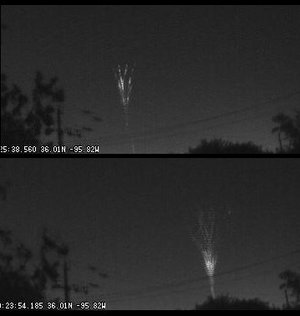OF THE
TIMES
A nation that continues year after year to spend more money on military defense than on programs of social uplift is approaching spiritual doom.
Gee, thanks for the heads-up, Chief Blob.
The veracity of anything supported by the late senator Harry Reid or Joe Lieberman should be questioned.
Russia has saved hundreds of children if not thousands from the Ukraine government and military criminals like Zelensky and his wife of human...
Comment: Sounds like he knows something... Beat me to it ...
The DemonRats in AZ must be pissed that they lost a potential voter. The AZ prosecutors will make sure that the next trial will be stacked with...
To submit an article for publication, see our Submission Guidelines
Reader comments do not necessarily reflect the views of the volunteers, editors, and directors of SOTT.net or the Quantum Future Group.
Some icons on this site were created by: Afterglow, Aha-Soft, AntialiasFactory, artdesigner.lv, Artura, DailyOverview, Everaldo, GraphicsFuel, IconFactory, Iconka, IconShock, Icons-Land, i-love-icons, KDE-look.org, Klukeart, mugenb16, Map Icons Collection, PetshopBoxStudio, VisualPharm, wbeiruti, WebIconset
Powered by PikaJS 🐁 and In·Site
Original content © 2002-2024 by Sott.net/Signs of the Times. See: FAIR USE NOTICE

Reader Comments
to our Newsletter